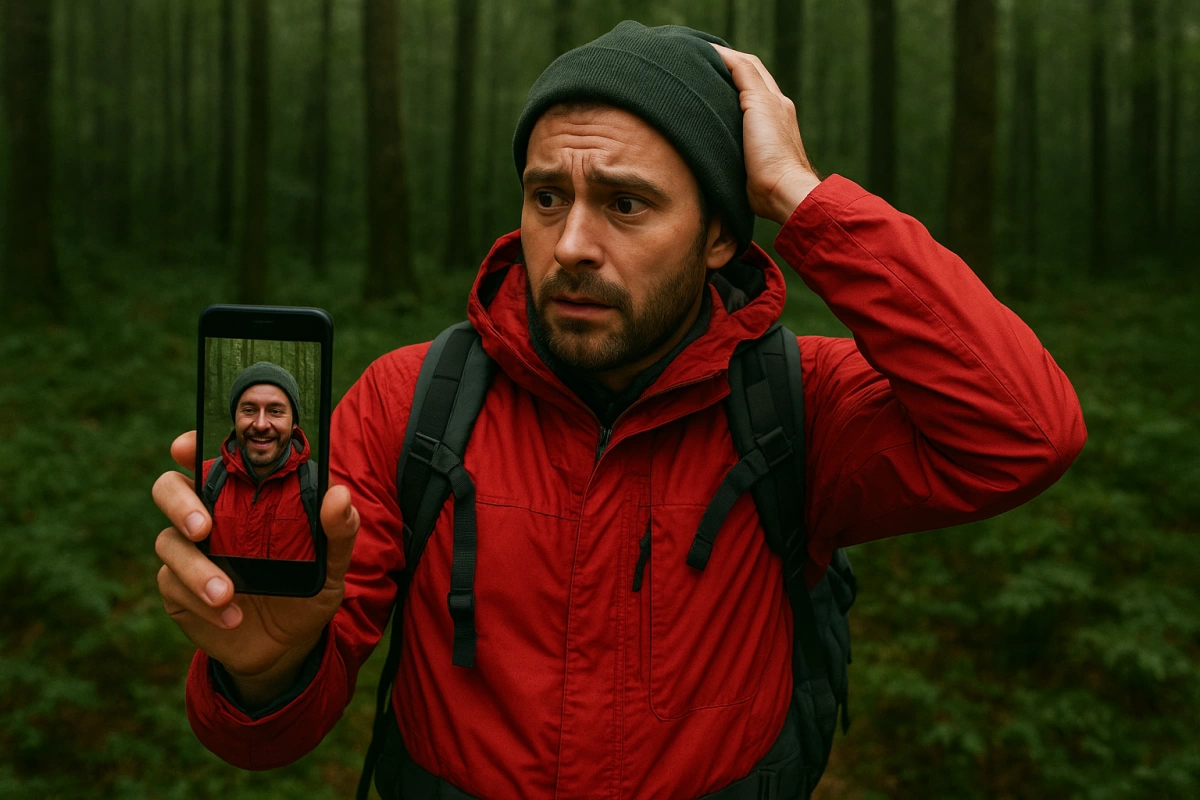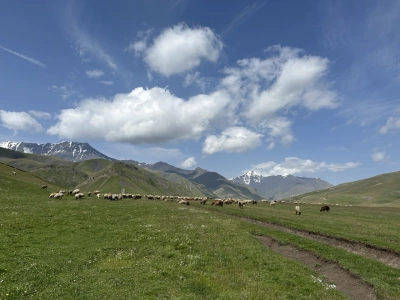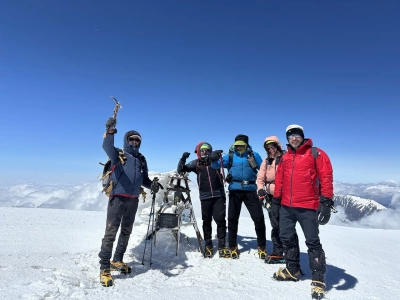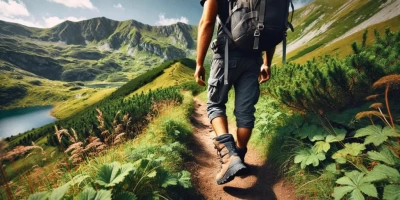If your phone has no signal in nature, first move to a high, open area and look for reception.
If the phone still has no signal, switch the device to “airplane mode” to save power and check again when necessary.
Most importantly, stop moving to avoid getting lost, stay calm, and identify nearby recognizable landmarks, trails, or water sources.

When you go hiking, set up camp, or take long routes in nature, the phone not working can affect both convenience and safety. Modern devices do not always perform the same way in natural conditions. So what should you do if your phone doesn’t work in nature? In this article, you can find practical tips based both on scientific principles and the experience of outdoor sports enthusiasts.
Go to a High Point and Choose an Open Area
Mobile phones connect to base stations via electromagnetic waves. Obstacles such as mountains, forests, or deep valleys weaken these waves. Therefore:
-
If possible, go to the top of a hill, an open area, or near water bodies.
-
Dense trees or rocky structures can reduce signal strength.
-
According to many field tests, even a 10–20 meter difference in height can significantly improve signal quality.
Use Airplane Mode – Turn On and Off
Sometimes the reason a phone doesn’t work is that it “freezes” while searching for a weak signal. In such cases:
-
Activate airplane mode for 30 seconds, then turn it off again.
-
This ensures the phone reconnects to the nearest base station.
-
Research shows this method can increase signal acquisition speed by up to 60%.
Use Your Phone in Power-Saving Mode
In areas with no signal, the phone continuously searches for a network, draining the battery faster:
-
Close unnecessary apps.
-
Reduce screen brightness.
-
Activate power-saving mode.
This way, in an emergency, your phone will remain operational.
Alternative Communication Methods for Emergencies
If the phone does not work at all, consider these alternatives:
-
Satellite phone: Does not rely on GSM networks; commonly used by mountaineers and guides.
-
Emergency beacons (PLB / SOS devices): Send your coordinates to search and rescue centers via satellite.
-
Walkie-talkie: Provides effective communication over short distances (1–5 km).
Today, satellite systems like Starlink, Iridium, and Inmarsat cover almost every point on Earth.
Save Your Location and Use Maps Offline
Even if the phone doesn’t work, GPS usually still functions because it connects directly to satellites. Before heading out:
-
Download maps offline in apps like Google Maps, AllTrails, or Wikiloc.
-
Bring a compass or a separate GPS device for emergencies. Geodetic studies show GPS devices maintain up to 80% accuracy even in dense forests.
Prevention is the Most Important
To reduce the risk of your phone not working:
-
Share your route with someone in advance.
-
Carry a fully charged power bank.
-
If needed, bring a signal mirror or flashlight.
According to mountaineering federations, 70% of getting-lost incidents in nature happen after communication is lost.
Trust Technology, But Don’t Forget Nature
Instead of panicking when your phone doesn’t work, use basic nature knowledge. Choose high points, reduce energy consumption, and ensure safety with alternative communication tools. Remember: being prepared in nature can be a more powerful solution than technology.
Additional Practical Tips (Based on Mountaineering and Outdoor Experience)
1. Have a backup plan for power
-
Take at least two power banks on each hike.
-
In cold weather, phones drain faster – keep the phone in inner pockets.
-
A solar charger is very useful for long routes.
2. Use different operators
In some areas, certain operators work better than others.
-
Carrying SIM cards from two different operators increases the chance of finding a signal.
-
Asking locals which operator works best is the most effective method.
3. Establish communication rules in group hikes
If communication is lost:
-
Designate a “rendezvous point” in advance. This rule can save lives in case of getting lost.
4. Learn navigation skills
Even if GPS fails:
-
Position of the sun
-
Direction of shadows
-
Flow direction of rivers
-
Compass
These can significantly reduce the risk of getting lost.
5. SMS sometimes works faster than calls
Even when calls are not possible, SMS can often be sent.
-
Go to a high point and try sending an SOS or coordinates via SMS.
6. Increase offline applications
Besides maps:
-
Offline weather forecast
-
Offline compass
-
Offline first aid guide
Very useful in nature when there is no internet.
7. Signal mirror and SOS flashlight for visibility
-
A signal mirror can be seen from 15–20 km away in sunlight.
-
Knowing the flashlight SOS flashing pattern (3 short – 3 long – 3 short) is very important.
8. If hiking alone, be twice as careful
-
Inform someone about your return time.
-
Use the rule: “If I don’t report by X time, search for me.






